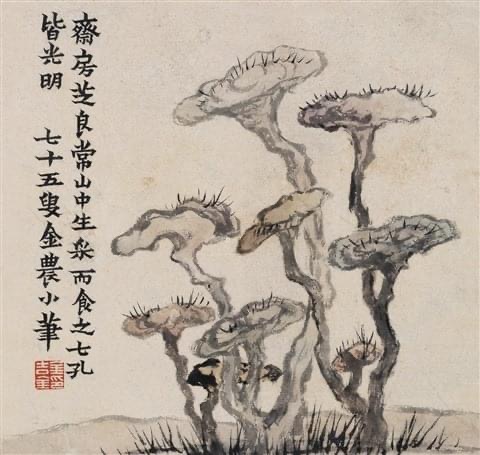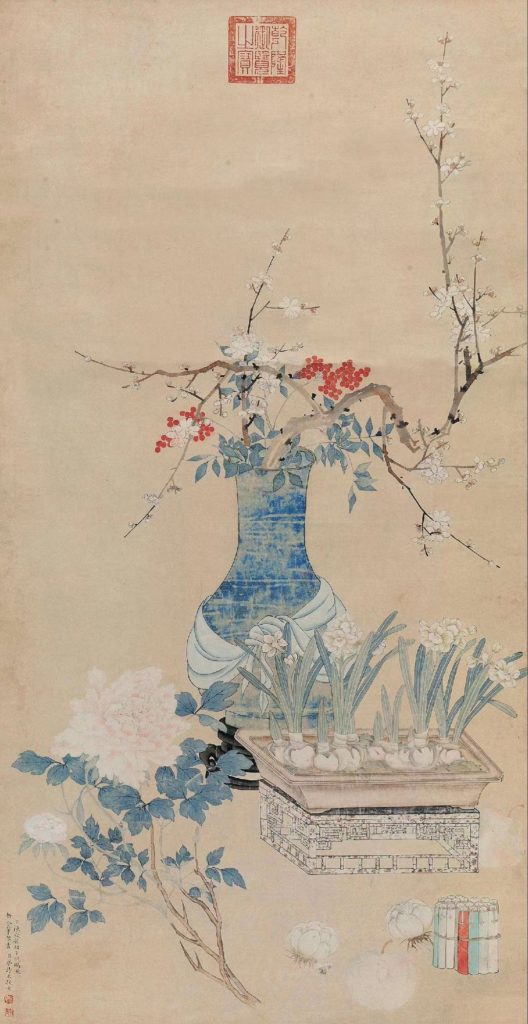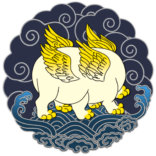
About the CCM System
Conventional Western medicine is based on modern science, which adapts a deductive way of looking at anatomy, physiology and pathology. It divides the body into 12 relatively isolated systems, and doctors are specialized in treating a very specific system. Most people born and raised in the US culture growing up learning about the body, health, and healthcare through such a biomedical perspective.
When people get sick, the first thing they think of is to see a conventional medical doctor specialized in that field. It is familiar, therefore comfortable, and has an impressive track record of enabling heroic medical interventions – such as the effective cure of Polio or sewing your flesh back together after a traumatic injury or a surgery.
Classical Chinese medicine, however, does not come from the same origin. It adapts a holistic way of looking at the body based on a keen observation of how nature (natural phenomena on earth, the sun, the moon, the other planets, and stars) and other living beings behave and function. “As above, so below” is perhaps the most concise way to summarize the core philosophy of classical Chinese medicine — the whole of the unit is far more than might be guessed by looking at the individual parts. This makes Chinese medicine more likely to focus on functional flows and interactions between the body and nature than biomedicine, which is somewhat more concerned with defining the parts with great specificity.
Ancient human beings, regardless which culture they were from, were keen observers of natural phenomena. Based on such observations and scientific reasoning, the ancient Daoist developed a complicated medical system that has lasts over 5,000 to 20,000 years. While it shares some anatomical and pathological ideas with the science underlying biomedicine, most of its grounding is quite different. It has its own logic of conceptualizing the human body and how it interacts with nature.
One of Dr. Paau’s main mentors, Heiner Fruehauf, believes that Chinese medicine as a modality grows best out of its own “soil” – or foundational conditions. The science behind Chinese medicine is rooted in meticulous calculations of natural cycles and laws of physics. It has unique methods of rendering a diagnosis and treatment. It’s a completely different but equally valid scientific system of medicine that works best when it is allowed to follow its own logics.
This doesn’t mean, of course, that biomedical perspectives are useless to Chinese medicine practitioners. It is quite the contrary, because ultimately both medical systems describe THE SAME BODY! A mountain may look completely different if you look at it from different angles and scopes.
The goal of health caretakers is to find the right combinations of modalities for your unique healthcare situation and form the safest, most helpful team to support your choices. Dr. Paau believes that the more you know about the medicines you allow into your body, and the types of things that you allow medical practitioners apply to your body – whether they are biomedically oriented, Chinese medicine oriented, or something else. The better you are informed, the more you are able to participate actively in your health maintenance.
You may have heard of a lot of the basics that make up the Chinese medical view of how the body and nature function. Below is an unexhausted list of commonly used terms in the classical Chinese medicine clinic —
Cosmology and symbolism
- As above, so below, aka the holographic nature of reality
- Holism (Holistic modalities)
- Root 本, branch 標, Anchoring Qi 中氣
- Qi 氣 (Vital life force)
- Blood 血 (a much broader concept, not limited to the biomedical red substance)
- Yin 陰 / Yang 陽
The twelve organ systems 十二臟腑 and associated twelve acupuncture channel systems 經絡
- Gallbladder 膽
- Liver 肝
- Lung 肺
- Large Intestine 大腸
- Stomach 胃
- Spleen 脾
- Heart 心
- Small Intestine 小腸
- Bladder 膀胱
- Kidney 腎
- Pericardium 心胞
- Triple Burner 三焦
The six conformations
- Greater Yang Cold Water 太陽寒水
- Yang Brightness Dry Metal 陽明燥金
- Lesser Yang Ministerial Fire 少陽相火
- Greater Yin Damp Earth 太陰濕土
- Lesser Yin Imperial Fire 少陰君火
- Ultimate Yin Wind Wood 厥陰風木
The five Qi phases (they are not “elements,” but different phases of the same primal cosmic force)
- Metal 金
- Water 水
- Wood 木
- Fire 火
- Earth 土
External pathogenic influences
- Wind
- Fire
- Dryness
- Dampness
- Cold
- Summer heat
Commonly used Chinese diagnostic terms
- Exterior
- Interior
- Deficiency
- Excess
- Stagnation
- Collapse
Interesting disease names in Chinese medicine
- Running Piglet 奔豚
- Fox & Creeper Disease 狐惑
- Plum pit Qi 梅核氣
- Sudden turmoil 霍亂
- Wasting Thirst 消渴
- Overwork & Exhaustion Syndrome勞症
- Obstruction Syndrome 痹症
- Torture Syndrome 瘧症
- Hidden Pathogens 伏邪
- Possession Syndrome 蠱症
If you are interested in any of these terms, please reach out to Oku and we will write about this topic on our Resources page as well as our Substack platform. Eventually, Oku website will become a library of information that assist people to achieve their health goals and improve their quality of life. Whether you are a client at Oku or not, you will be able to make choices about your healthcare in a more informed manner.

